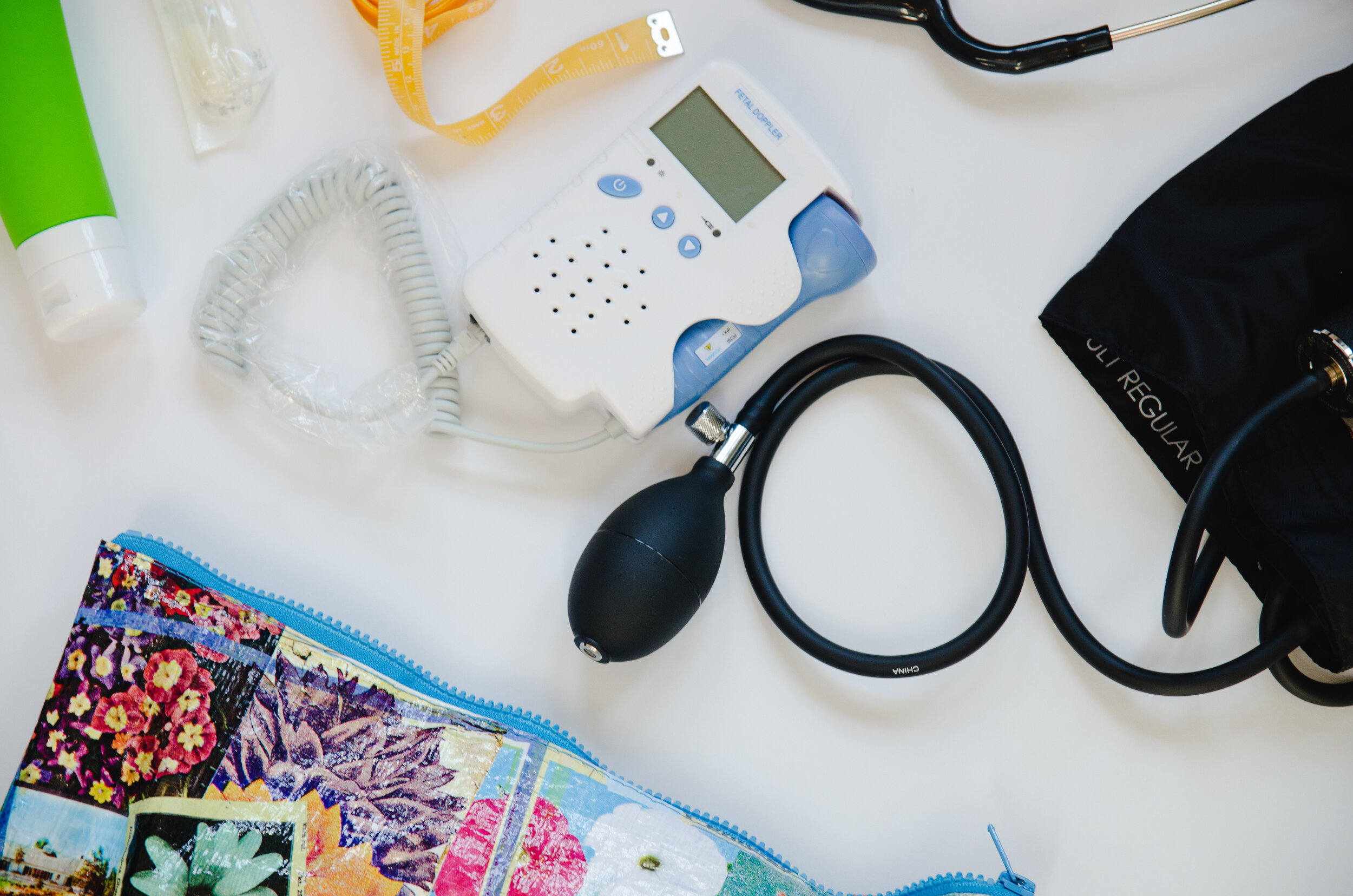Did you know that our babies brain doubles in size the first year of their life & reaches 95% of it's adult brain weight by age 4? What contributes to the brain weight?
Little Feet: Movement for Developing Minds
Is an excellent resource both for education and putting into practice movement with baby!
Little Feet: Movement for Developing Minds is a parent-child creative movement program for children 3 months to 4 years old. It uses movement and music to support their social, emotional, cognitive and physical development. In short, Little Feet builds:
BONDS between child and caregiver
BODIES that are capable and confident
BRAINS that are integrated and organized
Most importantly, Little Feet provides a welcoming and safe environment not only for our children to play and explore, but also for caregivers to build community with other caregivers so that we can support and be of resource to each other! Come and be part of our village!
Regina Lum-Witkoske
Hi everyone! My name is Regina Lum-Witkoske. I'm a wife, a mom to 2 smart and funny little girls (5 yo & 1.5 yo) and also the owner and instructor of Little Feet: Movement for Developing Minds. I am originally from Malaysia and my family and I moved from Seattle to Grand Rapids 1.5 years ago.
When I had my first daughter 5 years ago, I was looking around for parent-child program in Seattle and came upon this program called Nurturing Pathways. This program really helped me understand why movement is important to a child’s development and it also helped me become a much more confident parent. It provided me with activities to do at home with my daughter, resources to support my child’s development and most importantly, it created a safe community for me!
That’s why I decided to finally put my years of dance training to use and got myself certified as a creative movement instructor through Nurturing Pathways so that I can bring this program to as many families as possible!
Come learn more at SimplyBorn’s, Simply Connect (Mama group) on:
February 5th, 10am – 12pm!
We will be giving away one gift certificate for 3-class session (worth $50) and every attendee will get $10 off their registration for a 3-class or 6-class session!































